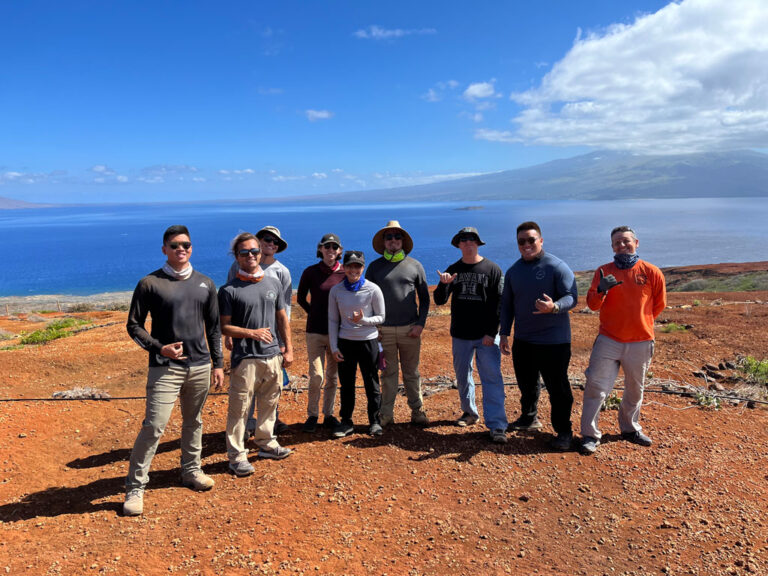The Online Revolution: New Knowledge Geographies?

Last month, I advocated decentering the production of geographical knowledge. This month, I explore online revolutions in information flows, and the tensions these pose for decentering geographical knowledge. At the heart of these is a tension in the power-geometries of cyberspace itself—which is far from the flat world/global village visions of its most ardent proponents. This is the tension between those advocating net neutrality, envisioning cyberspace as a virtual place of communicative action where all participate and mutually engage, and those seeking an ordered cyberspace, aligned with existing economic and political power: Anonymous vs. a corporate-state complex.
On the visionary end of this spectrum, cyberspace (particularly the increasingly georeferenced Web 2.0) is a massive, online distributed geographic information system—replete with multifaceted, multi-media georeferenced information, connecting seemingly objective data with views of and opinions about the world. Cyberspace problematizes what counts as data, belief and knowledge, empowering all to contribute to such discussions and representations, in ways that are simultaneously emancipatory and problematic. At the other end, are the Intranets that partition cyberspace, surveillance technologies and cyber-warfare. At one end, self-organization, multiplicity and emergence: decentered knowledge production and volunteered geographical information. At the other, a hierarchy, shaped by the usual geographical suspects (powerful Anglophone institutions, concentrated in elite spaces of the global North).
These tensions also characterize the online production and dissemination of academic knowledge. Two aspects have received considerable recent attention: Open access (OA) publishing and massive open online courses (MOOCs). I imagine that, like me, you regularly receive email solicitations from OA publishers and journals, offering to publish your scholarship or pedagogic writing or place you on their editorial boards. Sorting out the merits of OA publishing is a challenge: As for cyberspace in general, crowd sourcing is simultaneously pathbreaking and hazardous. MOOCs have resulted in hundreds of courses with casts of tens of thousands, with Geography virtually absent: I have found just two MOOC Geography courses, on GIS and mapping. On the one hand, is our visceral belief in academic knowledge as a public good (once largely publicly funded) that should be freely available to anyone. On the other, are concerns about emergent hierarchies of knowledge/power favoring those who can position themselves to persuade others.
With respect to OA publishing, we can distinguish between a ‘green’ vision and a ‘gold’ model. In the green vision, digital repositories make scholarly manuscripts immediately publicly accessible at no cost. In the gold model, authors pay an article processing charge (APC) to a publisher that releases the latter’s copyright control so that the publication can become OA: “Pay to say.” The gold model is rapidly trumping the green vision. The UK Government accepted recommendations from the 2011 Finch Report, that all (particularly public funded) published research be OA, preferring the gold model. The UK Research Councils now require this for their funded research, triggering similar initiatives in North America, the European Union, Japan, Australia and Brazil. In response, Anglophone journals are quickly implementing the gold model: The APC for the Annals and The Professional Geographer will be $2,950. Harvard University instituted a policy under which faculty authors grant Harvard the right to distribute their scholarly articles ‘for any non-commercial purpose.’ While the Harvard ‘dash’ repository is green, Harvard’s right to deposit an article published in a major journal may push its faculty to pay APCs. Such moves toward the commodification of open access, shaped by major players in the production and dissemination of knowledge raise major questions: Who has the money to pay APCs? This disadvantages geographers whose research neither attracts nor requires external funding, and less resourced academic institutions. If funding agencies pay APCs (as envisioned in the UK), how will they decide which scholarship deserves such funding? What are the opportunity costs of setting aside money for this purpose? Will this enhance the influence of funders, and the private sector more generally, over academic research?
Here, as elsewhere, commodification challenges academic freedom. Since most academic publishers are already supported by the pro bono labor of authors, referees and (decreasingly) academic editors, one alternative is to invest this labor in journals that are freely available (e.g. ACME), or non-profit (e.g. Human Geography). Yet displacing the highly profitable private-sector journal publishers will remain difficult. This is particularly the case because of the question of determining the quality of information in cyberspace. Here, academics are more comfortable with hierarchies, whereby expertise certifies quality. Yet, as our institutions seek quick fixes to the self-appointed task of measuring (indeed, commodifying) scholarly output, adopting citation and impact scores popularized by ISI Thomson or Google, it is vital to critique and reimagine such measures.
MOOCs have exploded since the term was coined in 2008, exhibiting the same tensions. As originally envisioned, the cMOOC (‘connectivist’) is an open, online educational experience in which all participants contribute knowledge, engaging with and learning from one another. But the xMOOC has come to dominate: a top down educational model, whereby an MIT course, say, (one of the most active providers) is offered to all comers. There are now half a dozen cyberfirms coordinating free xMOOC offerings from an increasing number of universities, worldwide. The challenge, as for OA and cyberspace in general, is making money: xMOOCs have yet to crack the commodification barrier, whereby students would be willing to pay to enroll. Key to this, again, is demonstrating quality, by persuading those institutions currently trusted as quality education providers to endorse or accredit xMOOCs.
What do OA and MOOCs suggest for decentering the production of geographical knowledge? If commoditized models predominate, then order and hierarchy will displace the participatory mutual engagement and learning central to such decentering. The same hierarchies, voices, institutional locations and languages will prevail.
Let me know what you think.
–Eric Sheppard


